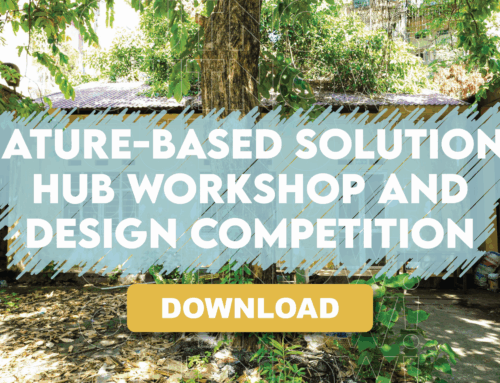Project Description
State of Knowledge papers: River Health in the Salween and in the Ayeyarwady
The Salween and Ayeyarwady are Myanmar’s largest rivers and provide a home and livelihood to millions of people. As the country develops, the relationship between the rivers’ stakeholders and the underlying biophysical systems changes. New stakeholders are emerging with new values and needs and are placing new demands and pressures on the rivers and the health of the systems. In this context, efforts to understand the health of river ecosystems and the values which different stakeholders ascribe to the goods and services derived from the river system will help set a benchmark of how development decisions at the national, provincial and local level will impact on different user groups.
The Myanmar Healthy Rivers Initiative (MHRI), draws on the partners’ Mekong and global experience with River Health Frameworks (RHF) to tailor a framework suitable to Myanmar, where conventional river monitoring is rarely available and government and community stakeholders need to draw on alternatives. It is also an innovation to the field, exploring new opportunities for monitoring river health from space (remote sensing, global data-sets) and from the riverbank (community-led citizen science techniques) to:
- ensure understanding of the river is improved even in data poor contexts like Myanmar; and
- empower stakeholders at all levels, from government sectors to community users, to engage in debate on river development and planning from a firm foundation of scientific evidence behind the planning of trade-offs and synergies.
The International Water Management Institute (IWMI)-led Healthy Rivers Salween project and the ICEM-led Healthy Rivers Ayeyearwady project have been developed in close collaboration.
As part of the initiative, ICEM and IWMI has jointly produced two State of Knowledge papers, one on the Salween River and one on the Ayeyarwady River, to understand the impact of development on the two rivers, and on the livelihoods and biodiversity they support. The papers review what is known about river health in the two basins, including both the current state and uses of the rivers and their catchments, and issues likely to drive change in the near future.
For more information, visit the the Myanmar Healthy Rivers Initiative (MK23 and MK24) project page
View the project’s Community Based River Health Monitoring Poster Series
View the project’s recent news item on training communities to monitor river health






